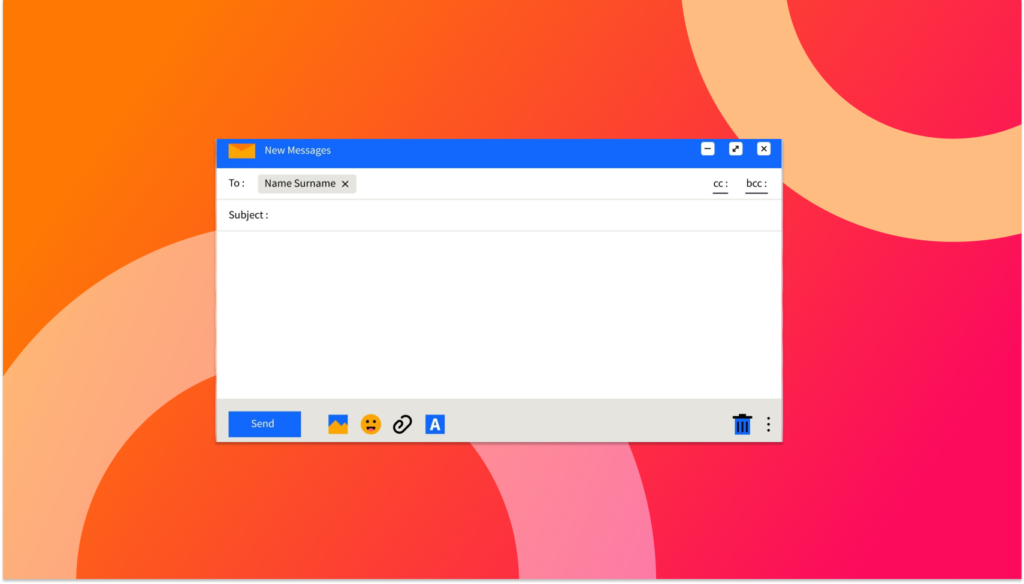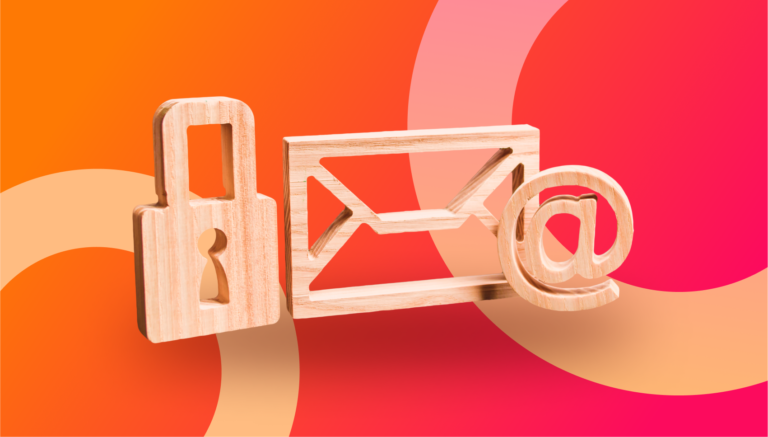In the dynamic world of business development and sales prospecting, writing follow-up emails is crucial. Follow-up emails provide opportunities to re-engage with potential clients, build relationships, and drive conversions. However, crafting effective follow-up emails requires a careful balance of persistence, personalization, and value.

Timing is Everything in Writing Follow-Up Emails
Timing is crucial when it comes to writing follow-up emails. Sending your follow-up too soon can seem pushy while waiting too long might result in your prospect forgetting about your initial outreach. A good rule of thumb is to send your first follow-up email three to six days after the initial contact. Subsequent follow-ups can be spaced out over a week or two, depending on the nature of your business and the level of interest shown by the prospect.
Crafting Compelling Subject Lines for Follow-Up Emails
The subject line is the first thing your prospect sees, so it needs to grab their attention. Keep it short, relevant, and personalized. Outbase offers a feature where follow-up emails can be forwarded from your initial email, using the subject line (FW: {{INITIAL_EMAIL_SUBJECT}}), like “FW: Quick chat with Jane.” Alternatively, you can send follow-up emails as new emails with separate subject lines. For example, instead of using a generic subject line like “Just following up,” try something more specific and engaging like “Still interested in [prospect’s company]?” or “Quick question about [initial topic].”
Effective Strategies for Writing Follow-Up Emails
First Follow Up: The Nudge
For the first follow-up, consider forwarding the initial email. This approach serves as a gentle reminder, indicating that the prospect might have missed or forgotten about your previous message. Include a simple, polite follow-up message such as:
“Hi [Prospect’s Name], I wanted to make sure you saw my previous email. Please let me know if you have any questions or if there’s a better time to connect.”
Second Follow Up: The Referral/Add Benefit
In your second follow-up, forward the previous email chain and reaffirm why the prospect should want to speak with you. Focus on helping rather than selling and consider adding a valuable resource. You might also suggest that the prospect refer you to someone more suitable:
“Hi [Prospect’s Name], I thought you might find this case study interesting. It highlights how we helped a company similar to yours. If you’re not the right person to discuss this with, could you please point me in the direction of someone who might be?”
Third Follow Up: The Break-Up
If you haven’t received a response after two follow-ups, it’s time for the break-up email. This lets the prospect know that you respect their time and won’t continue to bother them, but you’re still interested in speaking if they are:
“Hi [Prospect’s Name], I understand you’re busy and I don’t want to hassle you. This will be my last follow-up, but I’d still love to connect if you’re interested. Please feel free to reach out when it’s convenient for you.”
Personalization Strategies in Writing Follow-Up Emails
Throughout your follow-up emails, personalization is key. Incorporating different layers of personalization into your email outreach can significantly improve your response rate. Here are some top tips to help you resonate with your audience:
- Cut Down on Marketing Speak: Your emails should feel like a one-on-one conversation, not a sales pitch.
- Limit Personalization Fields: Three fields of personalization (like name, company, and a specific detail about their business) are plenty.
- Show You’ve Done Your Research: Include relevant information that shows you understand their needs and pain points.
- Share Success Stories: Social proof can build trust and add authority to your message.
- Add Value Without Hard Selling: Be patient and provide value, such as resources or insights, while including a clear call to action.
Best Practices for the Number of Follow-Up Emails in Your Sequence
In Outbase, we recommend including at least three follow-up emails, created following the strategies explained above. However, there are no limitations on how many follow-up emails you can include in your message sequence. If you aim to include more than three follow-up emails, we recommend structuring them carefully. For example:
- First Follow-Up: A quick nudge.
- Second Follow-Up: Ask for a referral or add a benefit.
- Third Follow-Up: Provide more information about your offering or emphasize how you can solve their main challenges.
Ensure the last follow-up email in your sequence is the break-up email. When adding more than three follow-up emails, adjust the wait time between emails. For example, while a six-day wait is standard, consider increasing the wait time between the final emails to keep things fresh and less intrusive.
Conclusion
Writing effective follow-up emails is both an art and a science. By following these best practices—timing your emails well, crafting compelling subject lines, using strategic follow-up approaches, personalizing your messages, and leveraging technology—you can significantly improve your chances of engaging prospects and driving conversions. Implement these strategies to optimize your follow-up email campaigns with Outbase.



